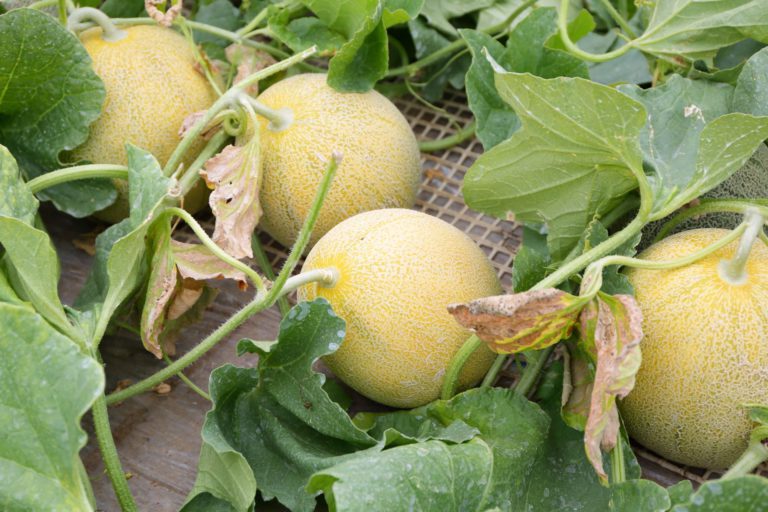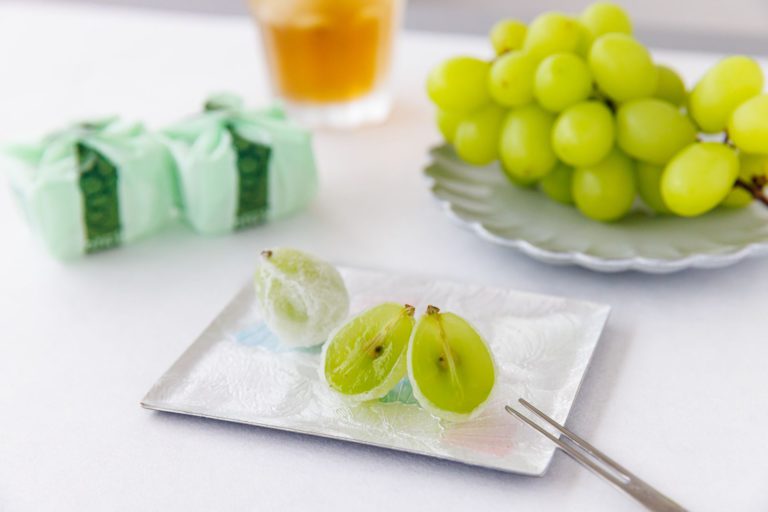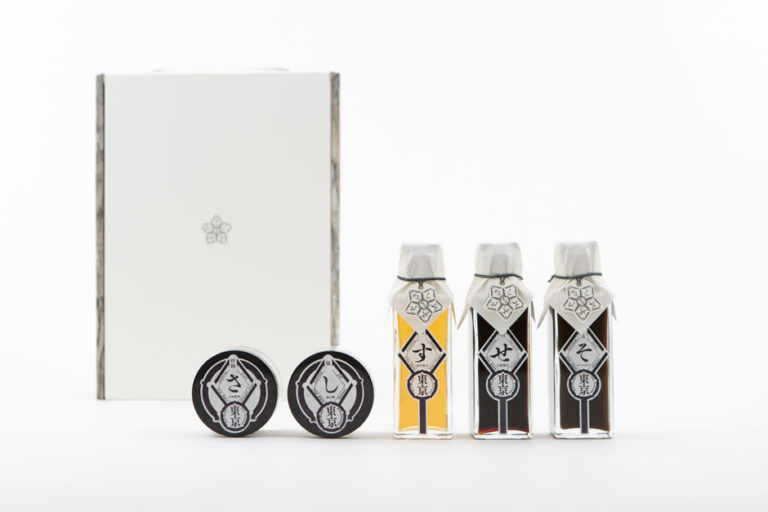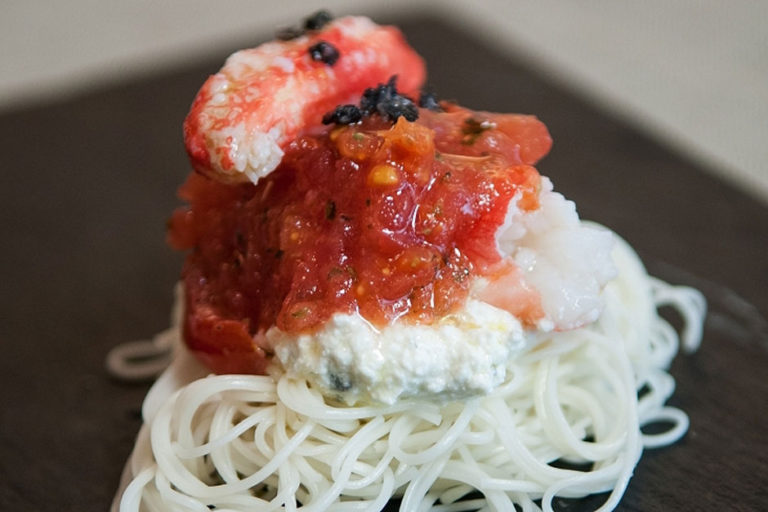“n!ce cream,” a “Nice” Ice Cream Designed to Reduce Food Waste
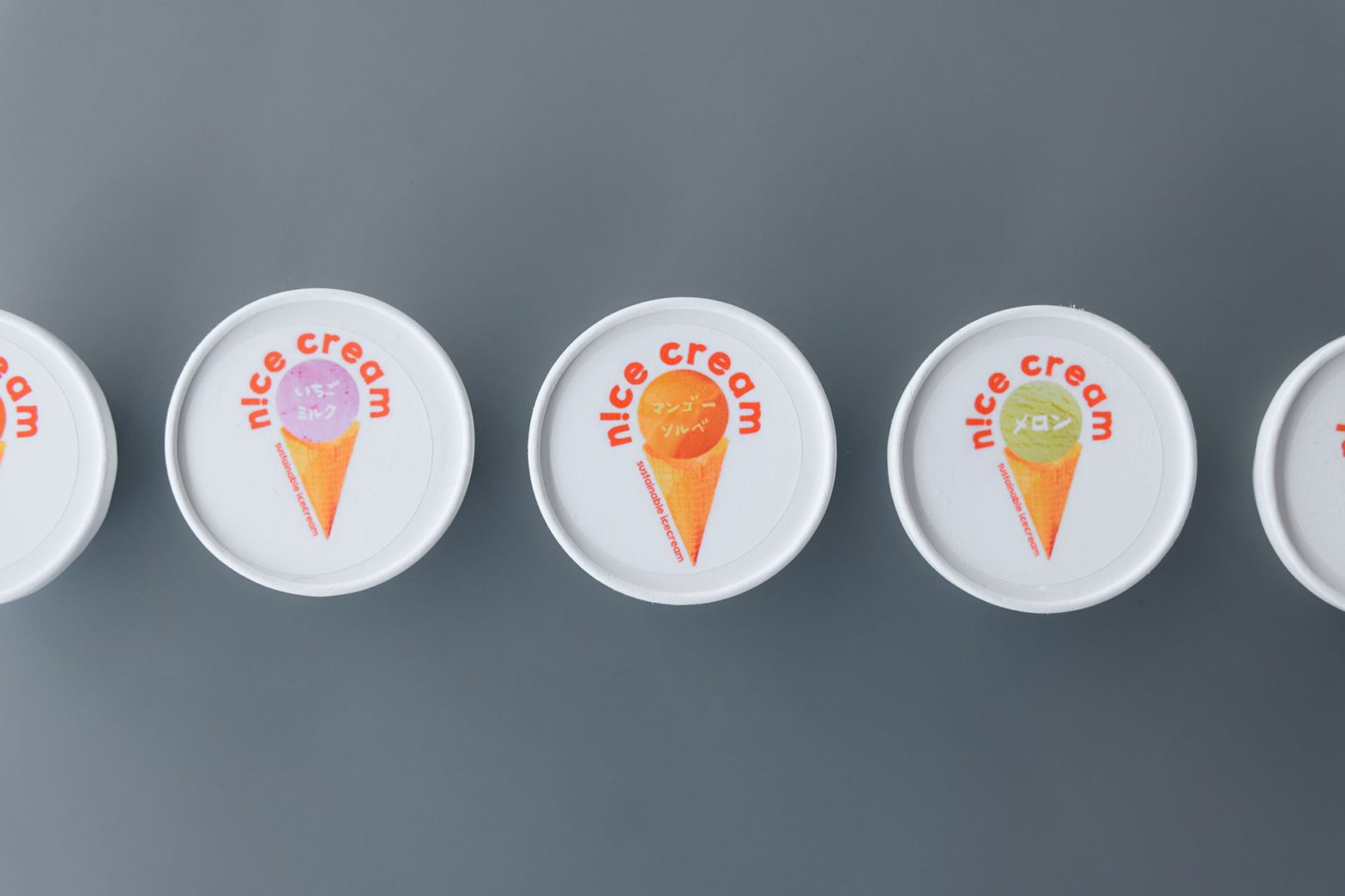
<Here’s what you need to know about n!ce cream>

• It uses in-season, off-spec fruits and vegetables that are directly sourced from farms.
• It utilizes excess raw milk to reduce waste from surplus production.
• The products highlight the natural flavors of the ingredients, resulting in subtle taste profiles.
To reduce waste and create more delicious products, that’s the idea behind n!ce cream.
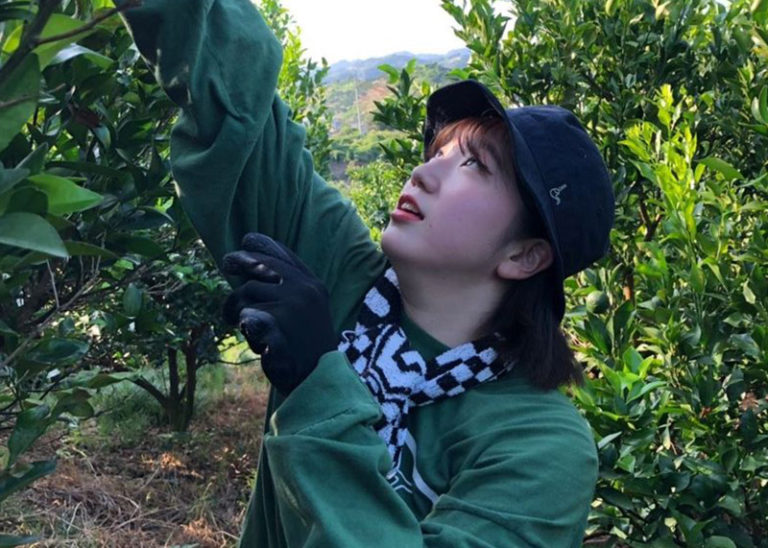
The brand’s creator and director, Kishi, developed an interest in farming when she volunteered at a mandarin orange orchard in Ehime Prefecture when she was in college. She was especially troubled by the amount of food being wasted on the farm.
After college, Kishi worked for an agricultural corporation. Her job involved designing processed foods using the company’s products and planning farm experiences. During her time there, she also had to deal with non-standard produce. While looking for ways to use this produce, she came across a nearby dairy farm that was involved in the gelato business.

The dairy farm started a gelato business to use the excess raw milk it had produced. Balancing supply and demand was challenging because raw milk comes from live cows. Especially during the COVID-19 pandemic, the amount of raw milk wasted increased due to the suspension of school meals and restrictions on eating out, which resulted from the declaration of a state of emergency.
Kishi remembers, “I asked the farm to use our off-spec vegetables to make ice cream, and they agreed. That’s how n!ce cream started. My goal was to reduce waste by using off-spec vegetables and surplus raw milk to create ice cream. I turned this idea into a concept.”
“Nice” ice cream highlights the natural flavors of its ingredients
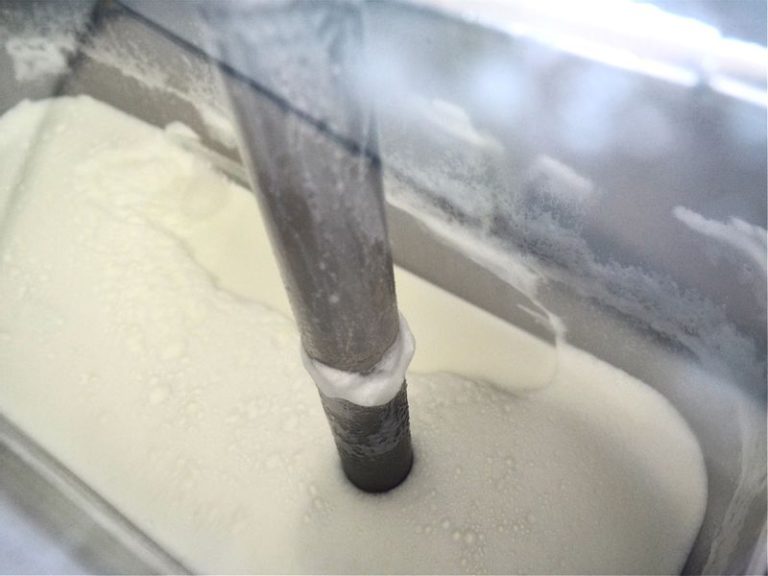
When n!ce cream receives a call from farms about produce destined for disposal, it promptly contacts the dairy farm to schedule a delivery. The ice cream is then produced after a trial run and taste testing with the farm’s pastry chef. Speed is of the essence in preserving the freshness of the ingredients.
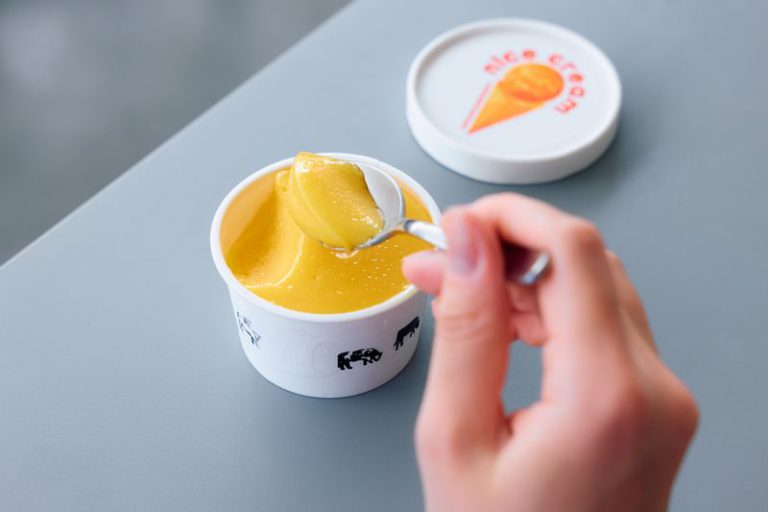
During the interview, we were served the “in-season” Mango Sorbet. The sorbet had a creamy texture and a rich flavor, closely resembling a ripe mango.
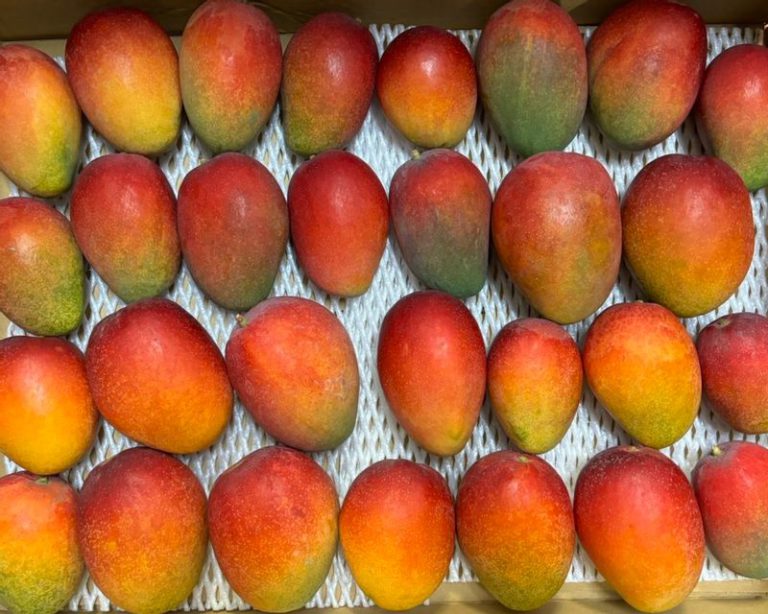
The mangoes used in the sorbet were considered inadequate because they had fallen before reaching the minimum size required for harvest. Fallen mangoes are usually discarded because they do not meet the size requirements, but they taste the same as those that are deemed adequate.
To date, the brand has developed nearly 20 flavors, including Hachiryu Melon, which captures the essence of melons and incorporates the natural flavors of the ingredients, and Strawberry Milk, a favorite among children.
It is currently focused on selling products online and at events, and when selling, the brand emphasizes communicating with customers.

“We want to communicate the essence of n!ce cream, including the story of its origin and what sets it apart from regular ice cream. We have received praise from older individuals who appreciate our initiative, possibly because we’re around the same age as their grandchildren. Younger people are attracted to the convenience of our ice cream and its attractive packaging design. It’s important to convey that we are minimizing waste, but it’s also important to highlight that our ice cream is simply delicious, which provides an entryway to n!ce cream for people of all ages.”
Ice cream for those in need
Turning off-spec produce into ice cream presents a unique set of challenges.
“The most challenging part is maintaining a consistent supply of ice cream. A lot of produce may end up being rejected due to weather conditions or vice versa. Since you can’t know how much of the produce will be rejected until it is harvested, the supply of ice cream ingredients isn’t stable either. It is difficult not having a constant stockpile of specific flavors, but because we’re using off-spec produce, I want customers to enjoy the kind of rarity we can offer.”
Because of this, Kishi wants to help farmers as much as possible instead of expanding her ice cream business. She mentioned developing a system where she could buy produce at market prices so that the farmers would not lose money.
Kishi discussed her numerous ambitions, but what is her goal moving forward?

“When I volunteered at a farm years ago, I also managed a children’s cafeteria. I felt disheartened seeing perfectly good vegetables being thrown away while there were children who didn’t have enough to eat. I started thinking about how I could use the less-than-perfect produce to help those in need.
I’ve minimized waste by turning it into n!ce cream, and now I want to share the benefits with those in need. Whether the benefits come from sales or supplies, I’m considering a project to distribute them in some way.”
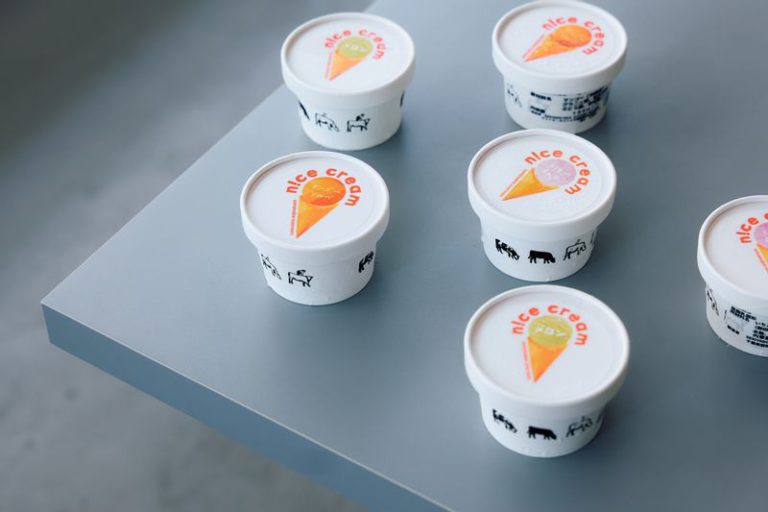
n!ce cream is delightful in both flavor and purpose.
Enjoy the treat and support their mission to rescue produce from being wasted.

